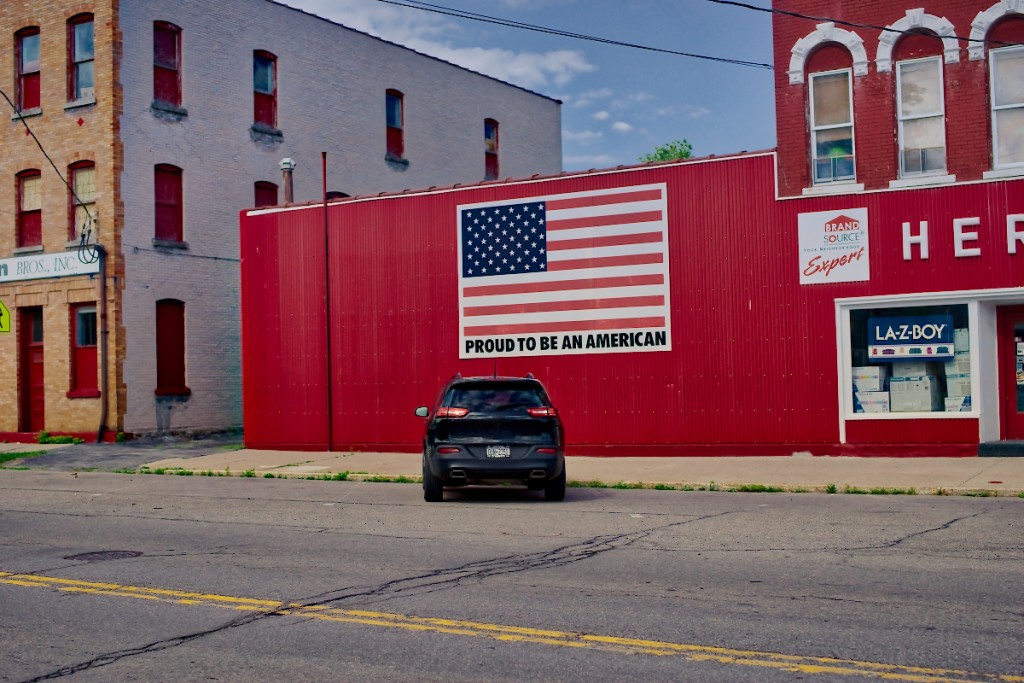.
What is a prime focal-length lens?
The Tamron lens I used above – Tamron SP 45mm Prime lens
In general, a lens having a fixed focal length can be referred to as a Prime Lens. It means that the Prime lens has a single focal length, which produces a specific angle of view within the format (size and aspect ratio) of the camera sensor when focused at infinity. It also means that the lens focal point, when focused at infinity has a set distance away from the sensor.
Buy my book: Book – Focus In Photography
Please read – Disclosure
The Tamron lens I used above – Tamron SP 45mm Prime lens
.
A Prime lens is a lens with a single fixed focal length. As an example, The Tamron 45-mm fixed focal length used in this image, is considered a 45-mm prime. Prime lenses are unifocal in that they produce a single perspective view.
Yes, I said perspective.
Every lens produces an Image circle. The angle of view is determined by the way the lens crops that circle. We don’t see the entire circle due to the lens design and the crop of the sensor or film gate.
Different focal length lenses crop their image circle differently. The scale of the image circle is smaller on a wider lens than it is with a longer lens. Longer lenses crop a magnified view of the central portion, while wider lenses crop closer to the edges.
A normal lens is a lens that produces a perspective that seems ‘Normal’ to the eye. Things appear to be at a distance that conforms to human vision.
Buy my book: Book – Focus In Photography

Longer Focal-length lenses such as this non-prime Tamron 150-600 zoom, produce a feeling of compressed perspective. Image – © John Neel
The Tamron lens I used above: SP 150-600mm F/5-6.3 Di VC USD G2
.
Longer lenses crop a magnified view of the central portion, while wider lenses crop closer to the outer edges of their own image circle which has a smaller diameter. The diameter of the image circle is smaller on the wider lens than it is with a longer lens. The angle of view is what determines how much of the scene will be captured within the X and Y-axis of the sensor – the width and height of the capture area. That view has to do with the focal length relative to the crop of the sensor used, the sensor aspect ratio, and size.
However, as I discuss in my book, there is also a Z-axis that determines the magnification and separation of objects in a scene. That is what I refer to as perspective in this article. It has to do with the apparent separation of details in an image along the Z-axis – the line that runs through the center of the lens towards the horizon. To me, perspective is what makes the image seem closer or farther away. But it also provides a sense of closeness or separation between subjects along the Z-axis of the scene.

This image was shot using a Tamron 85mm Prime Lens. The perspective appears to be a bit closer to the viewer. Notice how the perspective seems to flatten out or compress the details. Face – © John Neel
The Tamron lens I used above: Tamron SP 85mm F/1.8
.
It is a way of thinking about your subject and the lenses you might use. It is how I think when I make photographs. For me, it is a practical way of realizing my subjects. I do not usually think in terms of angles of view when I am photographing. I only need to understand the differences in terms of how the lens renders receding or magnified subjects. Thinking in terms of angle of view has little value when you already know what the lens will see.
I’ve been using prime lenses most of my life. I find they fit my needs as an image-maker. To my work, they are essential to obtaining the look and feel that shapes my vision of the world.
Links to lenses used for this article:
Tamron – Tamron SP 45mm f/1.8 Prime lens
Tamron SP 150-600mm F/5-6.3 Di VC USD G2 ZOOM
Please read – Disclosure
Buy my book: Book – Focus In Photography
Related Articles –
• In Photography… Framing Is Everything
• Seeing Normal – The prime / standard lens
NOTICE of Copyright: THIS POSTING AS WELL AS ALL PHOTOGRAPHS, GALLERY IMAGES, AND ILLUSTRATIONS ARE COPYRIGHT © JOHN NEEL AND ARE NOT TO BE USED FOR ANY PURPOSE WITHOUT WRITTEN CONSENT FROM THE WRITER, THE PHOTOGRAPHER AND/OR lensgarden.com. THE IDEAS EXPRESSED ARE THE PROPERTY OF THE PHOTOGRAPHER AND THE AUTHOR.
This NOTICE of Copyright applies to all content posted on this blog – www.lensgarden.com.



